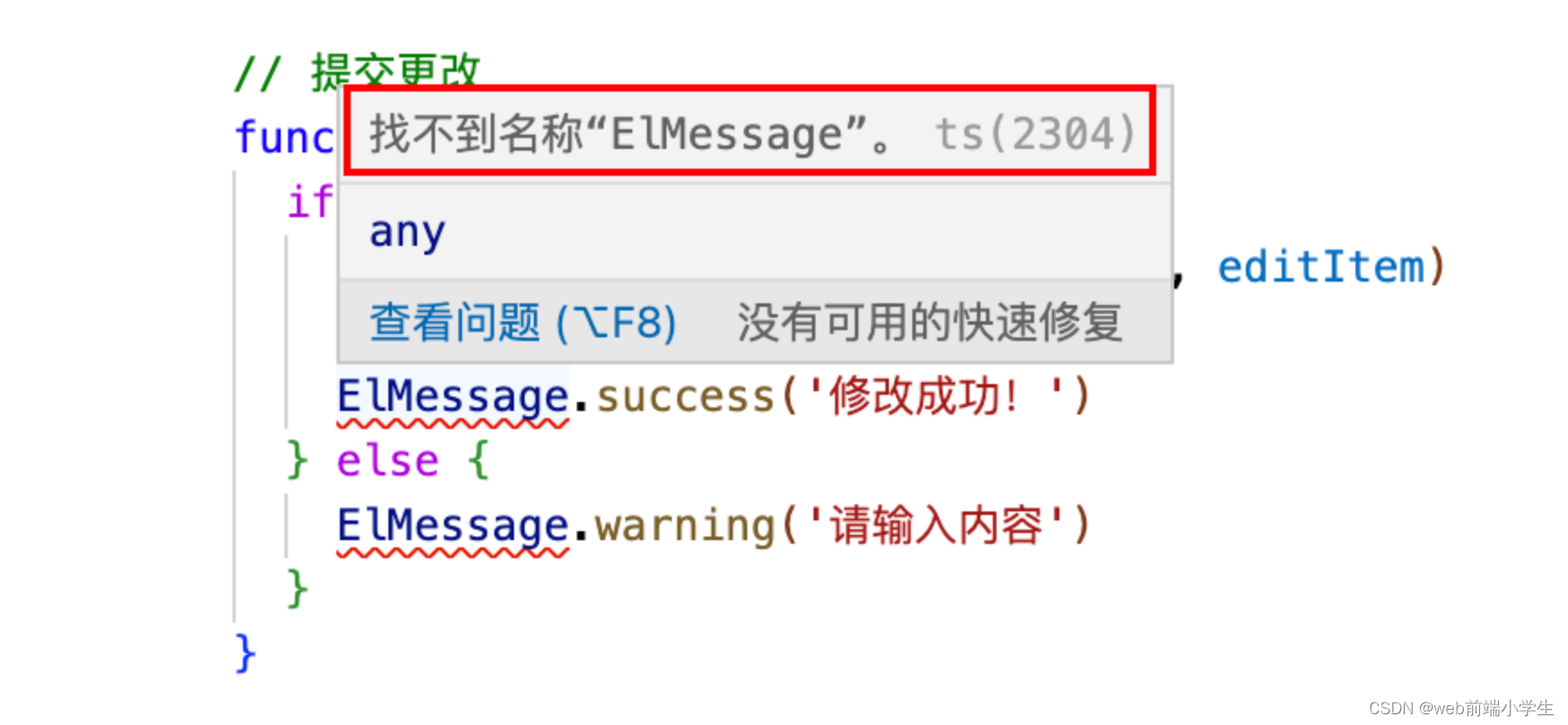背景
本文作为 SpringMVC系列 第二篇,介绍HTTP请求的调用链:从请求进入Tomcat到数据流返回客户端的完整过程。为了尽可能把流程表达清楚,进行了很多减支处理,只关注主线逻辑。
本文也作为SpringMVC系列后续文章的基础,在调用链梳理清楚的基础上,后文对重要逻辑分别进行展开介绍,如拦截器、异常处理器、转换器、消息转换器、异步请求、文件上传等。在这些文章完成后,会出一个Spring框架应用专题,包括:结果集框架、错误码框架、鉴权逻辑、分页查询、事件框架等,基于此会对Spring系列和SpringMVC系列文章有更深层次的理解。
1.调用链
Tomcat从逻辑上可以分为连接器(coyote)和Servlet容器(catalina)两个部分:coyote负责接收客户端的请求,并按照协议对请求进行解析,封装成Java对象后发送给catalina以及将catalina返回的消息推送给客户端;catalina提供了Servlet容器实现,负责处理具体的请求并进行响应。
其中,coyote封装了底层的网络通讯(Socket),为catalina提供了统一的接口(Request/Response对象)而与Servlet容器解耦;catalina内部通过适配器将(Request/Response对象)转换为(HttpRequest/HttpResponse对象),然后将消息发送给Servlet对象,流程图如下所示:
https://img-blog.csdnimg.cn/e747503a399846acbb1db5d4ea5a3fcd.png" alt="在这里插入图片描述" />
总之,当Http请求到达Tomcat连接池后,会将请求消息封装成(HttpRequest/HttpResponse对象), 通过调用Servlet标准接口实现消息的传递。
SpringMVC框架对应的Servlet对象为DispatcherServlet,即调用栈会进入DispatcherServlet的void service(ServletRequest req, ServletResponse res)方法。
因此,有必要了解一下DispatcherServlet类的继承关系以及对Servlet方法实现情况,如下图所示:
https://img-blog.csdnimg.cn/9df482b0bda64ad8b8bee4eac255f589.png" alt="




